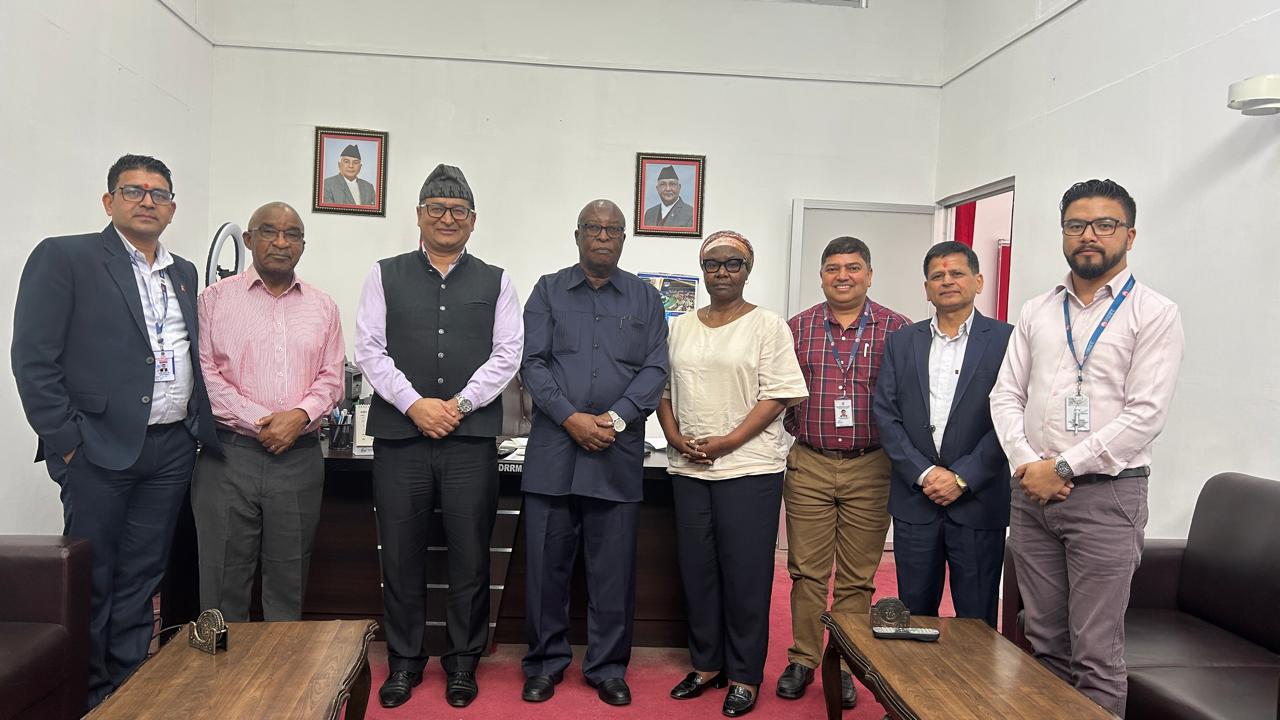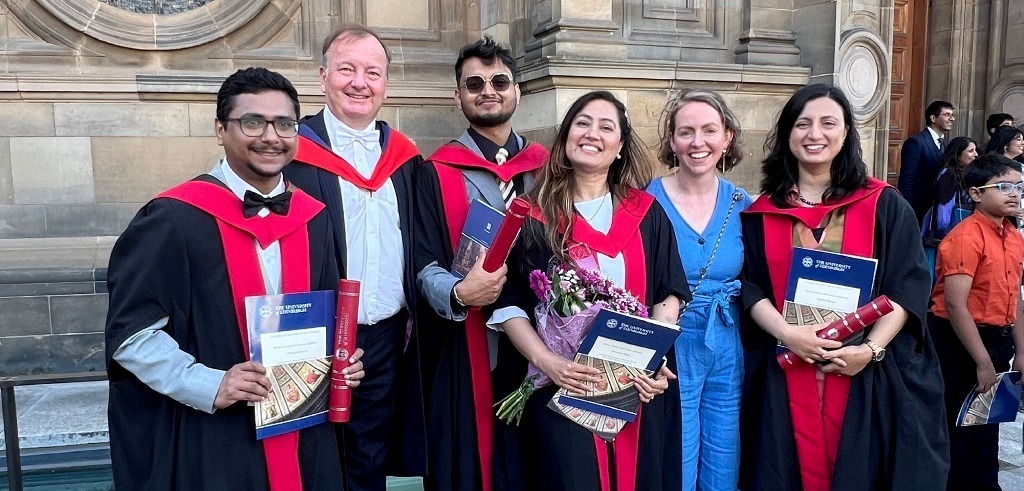
- Close
02/08/2024 | Dar Es Salaam
Collaborations for South-South Learning: Dar es Salaam meets Kathmandu

In a bid to strengthen a Community of Practice for equitable and future-focused risk reduction in urban areas, Tomorrow’s Cities has initiated direct South-South collaborations among its partners. This month, a delegation from Ardhi University in Dar es Salaam, comprising Prof. Wilbard Kombe, Prof. Alphonce Kyessi, and Dr. Tatu Limbumba, visited Nepal to explore the impact pathways established in Kathmandu and Rapti. Organized by the National Society for Earthquake Technology – Nepal (NSET), the visit aimed to facilitate mutual learning and sharing, with an emphasis on institutionalizing forward-thinking, risk-informed planning practices.
During their visit, the Dar es Salaam team met with the National Disaster Risk Reduction and Management Authority (NDRRMA), the Ministry of Federal Affairs and General Administration (MoFAGA), and local leaders in Khokana, Lalitpur ward no. 21. T. Discussions underscored the critical role of context-specific strategies to incorporate risk-informed planning into urban development and the necessity of direct community involvement in planning and policy making processes.
Key Lessons Learned
- Mixing Bottom-Up and Top-Down Approaches:
The visit highlighted the strength of institutional collaborations and social engagements in both Kathmandu and Rapti, which have been built and need to be nurtured continuously as the project moves beyond the funded period. These networks, which include both central and local government authorities, as well as community groups. Similarly, the Dar es Salaam team is working to strengthen its presence both at the local level, in Mianzini, and at the national level. - The Value of Co-Production:
The successful partnership between social and physical sciences and policy in Nepal was a standout feature of the collaboration between NSET, SIAS, IoE, local governments, and communities. This longstanding multidisciplinary approach helps bridge knowledge gaps, leading to a comprehensive approach to future-oriented, risk informed urban planning. - Creative Engagement and Impact:
NSET’s innovative strategies for engaging decision-makers and the general public were particularly captured by the Dar es Salaam team. Activities such as exhibitions during the Earthquake Safety Day and the use of arts (dance, drawing) activities to raise awareness about disaster risks have become key features in all Tomorrow’s Cities projects. This was no different in Nepal. These creative approaches help to communicate scientific knowledge and communities’ aspirations in meaningful and interactive ways for better risk communication.
Challenges and Future Directions
As committed partners of the Tomorrow’s Cities hub, both teams are keen to continue these engagements and maximise the impact produced through collaborations. Yet it is necessary to acknowledge the challenges ahead. Upscaling and replicating their experiences requires unlocking funding opportunities and new partnerships. Sustained commitment and support will be essential to continue the momentum and expand the impact of these collaborative efforts. The next discussions in the hub will focus on securing the necessary resources to ensure these vital initiatives can continue to thrive.
Acknowledgements
Tomorrow’s Cities acknowledges the imortant role of Nepal’s team, especially Ramesh Guragain and Vibek Manandhar.


